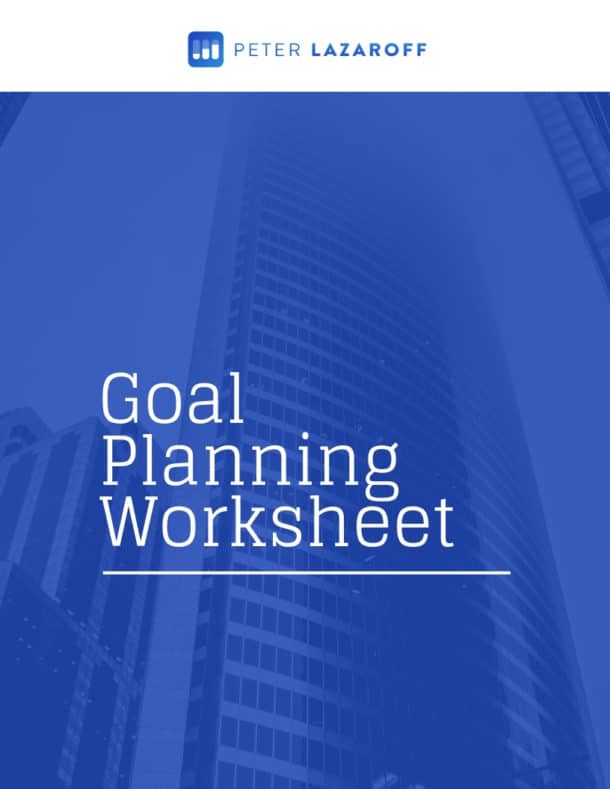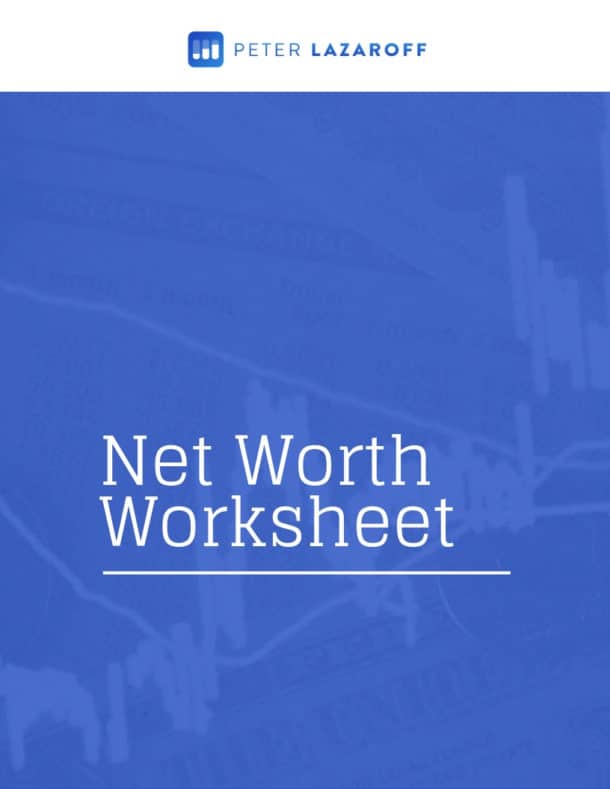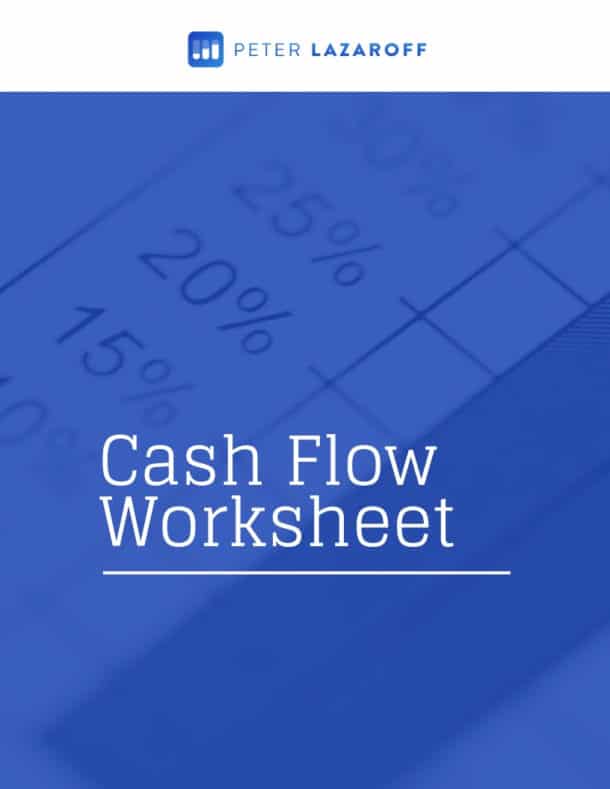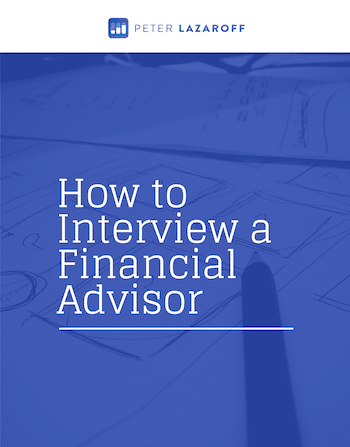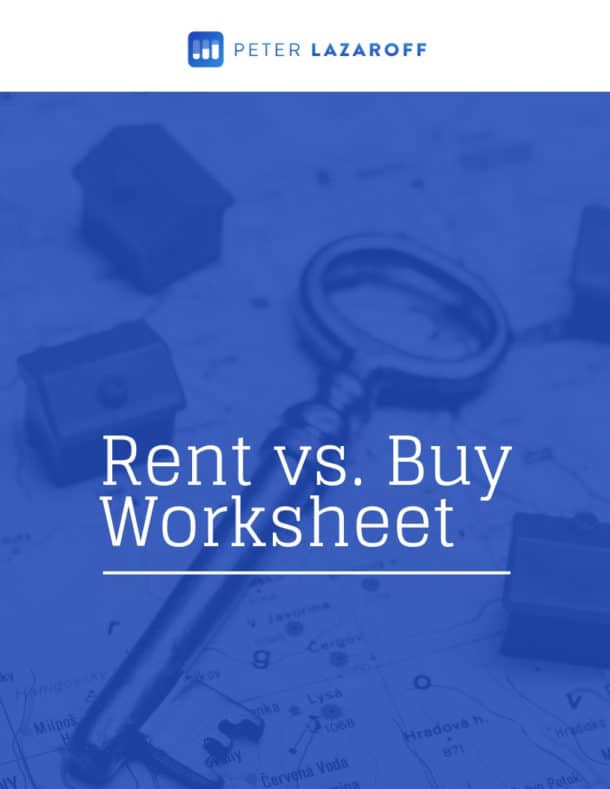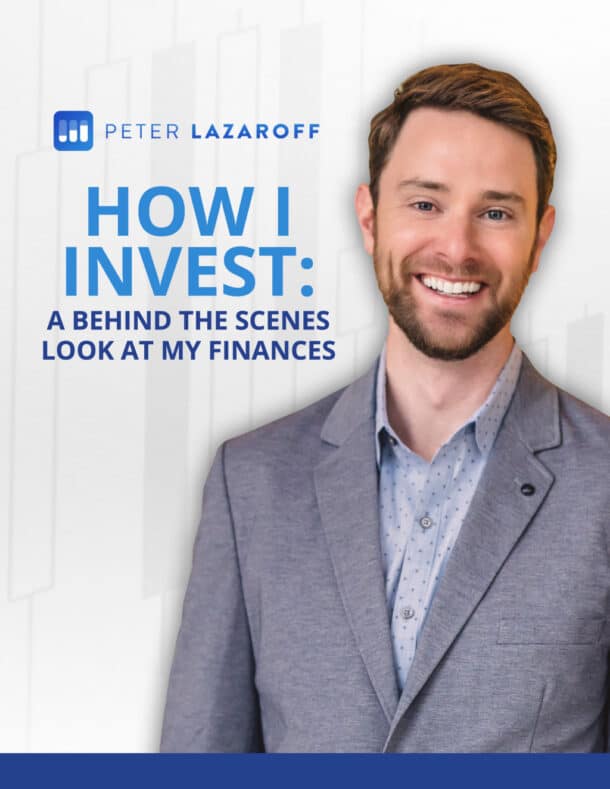Watch Now
Listen Now
How Risk Shapes Markets, Retirement, and Global Economics
In this episode of The Long-Term Investor, I had the pleasure of speaking with economist, Bloomberg Opinion columnist, and author Allison Schrager. Our conversation ranged from the misconceptions surrounding financial risk to the challenges of managing national debt, retirement security, and global economic shifts.
Allison’s insights provide a compelling look at how individuals and institutions should think about risk.
Here are my notes from the conversation…
Sign up for my newsletter so you can easily reply to my emails with your thoughts or questions for the podcast:
Rethinking Risk: Lessons from Hollywood, Poker, and Brothels (02:00)
Allison Schrager’s book, An Economist Walks Into a Brothel, takes an unconventional approach to risk by examining industries that manage it in extreme ways. Inspired by Freakonomics, Allison sought to bring a similar treatment to finance—analyzing risk management principles through real-world applications.
One of the biggest misconceptions people have about financial risk, she argues, is their belief that they can achieve high returns without taking on corresponding levels of risk. This misunderstanding leads even sophisticated investors to fall for schemes promising outsized returns with little downside—think Bernie Madoff’s Ponzi scheme or the blind optimism surrounding speculative assets like mortgage-backed securities and cryptocurrencies.
Her research underscores the fundamental truth: safety comes at a cost. Whether in finance or other industries, from Hollywood film production to legal brothels, those who seek lower risk must pay a premium. This principle, known as the “no-arbitrage condition” in financial economics, is often overlooked by investors chasing yield without fully considering the risks involved.
The U.S. National Debt: A Growing Concern or Manageable Risk? (06:55)
The conversation turned to the U.S. national debt, a topic that has garnered intense debate. Allison challenged the prevailing notion that as long as interest rates remain low, debt accumulation isn’t a problem.
In theory, if the government’s borrowing costs are lower than the economy’s growth rate, it can sustainably carry debt. But Allison pointed out that interest rates and growth rates fluctuate, and once the cost of debt surpasses the economic growth rate, deficits become much harder to manage.
While she acknowledges the severity of the issue, Allison framed it within a global context. In Davos, where she recently attended the World Economic Forum, European leaders were far more concerned about economic stagnation than debt. “It’s better to have a debt problem than a growth problem,” she noted, “but a debt problem is still a problem.”
For investors holding U.S. bonds, Allison expects rising yields and falling bond prices. However, she cautions against assuming the U.S. would ever default outright. Instead, the more likely scenarios are a slow erosion of debt value through inflation or adjustments to government spending—both of which have long-term consequences for financial markets.
Retirement, Pensions, and the Annuity Debate (12:48)
As an expert on pensions and retirement security, Allison had strong opinions on Social Security and defined contribution plans. She emphasized that Social Security is the foundation of retirement income—a risk-free source of money that should be reliable for retirees. Yet, many Americans wrongly assume it may disappear altogether. While reform is inevitable, she believes entitlement cuts are unlikely to impact current retirees or even those nearing retirement.
One of her biggest concerns is that the financial industry focuses too much on wealth accumulation rather than income generation. Many retirees struggle with how to convert their savings into sustainable lifetime income. While annuities could provide a solution, they have long been dismissed by financial advisors due to their historical high costs and complex structures.
However, with interest rates rising and annuity costs coming down, she sees a renewed opportunity for annuities to play a role in retirement portfolios. Countries like Chile, where annuities are widely used, provide an interesting case study in how to integrate lifetime income solutions into retirement planning.
Global Trade, Tariffs, and the Shift in Economic Thinking (26:33)
With tariffs back in the headlines, Allison discussed how the economics profession has traditionally viewed them as universally harmful. However, she acknowledged that today’s geopolitical realities—such as China’s dominance in manufacturing—may justify selective, strategic tariffs.
While she remains skeptical of broad, high tariffs, she pointed out that even free-market proponents are reassessing their stance, particularly in areas where economic security is at stake. “I’m trying to be less dogmatic about tariffs,” she admitted, recognizing that they could serve as a geopolitical tool when applied in a limited and strategic manner.
Another key trend emerging from Davos was the rising concern over overregulation, particularly in Europe. She noted that while excessive regulations can limit risk, they also stifle growth. European business leaders are increasingly questioning whether their heavy-handed regulatory approach has hampered innovation and economic expansion.
The Rising Cost of Risk in a More Fragmented World (30:24)
One of Allison’s most pressing concerns is the declining role of diversification in global markets. Over the past two centuries, capital has flowed freely across borders, allowing investors to spread risk and achieve better risk-adjusted returns. However, growing economic fragmentation—driven by geopolitical tensions and a shift toward regional trade blocs—threatens to reverse this trend.
“The one free lunch in finance is diversification,” she explained. “But if we pull back on global capital flows, investors will face more concentration risk, which means more volatility for less reward.”
This, coupled with the increasing dominance of a few major tech firms, could make the investing landscape more fragile. For long-term investors, the challenge will be maintaining diversification amid a world where economic connections are becoming more localized and concentrated.
How to Think About Risk in Your Own Finances (33:08)
As a final takeaway, Allison emphasized that individuals should take as much risk as necessary—but no more than that. Many people fail to calibrate their risks properly, either taking on too much and jeopardizing their financial security or being overly cautious and missing out on opportunities for growth.
For her own part, she admits she takes significant financial and professional risks but avoids physical risks—like skiing, which she deems too dangerous. Her personal approach reflects a larger truth: risk tolerance is highly individual, and each person must weigh their own trade-offs accordingly.
Final Thoughts
Allison Schrager’s work offers a refreshing and pragmatic take on risk—one that applies as much to policymakers and institutions as it does to individual investors. Whether discussing national debt, retirement planning, or global trade, her insights remind us that risk and reward are inseparable.
To dive deeper into Allison’s work, check out her book An Economist Walks Into a Brothel, her Bloomberg Opinion columns, and her Substack newsletter Known Unknowns.
Resources:
- Check out Known Unknowns, Allison’s Substack
- An Economist Walks Into a Brothel by Allison Schrager
- Allison’s Bloomberg Opinion columns
The Long Term Investor audio is edited by the team at The Podcast Consultant
Submit Your Question For the Podcast
Do you have a financial or investing question you want answered? Submit your question through the “Ask Me Anything” form at the bottom of my podcast page.
Support the Show
Thank you for being a listener to The Long Term Investor Podcast. If you’d like to help spread the word and help other listeners find the show, please click here to leave a review.
I read every single one and appreciate you taking the time to let me know what you think.
Free Financial Assessment
Do you want to make smart decisions with your money? Discover your biggest opportunities in just a few questions with my Financial Wellness Assessment.










